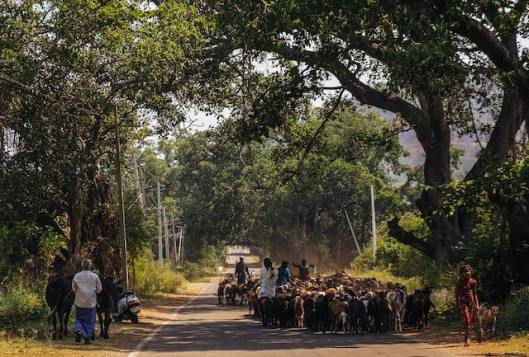Golf, not Chess
Economic growth in a sense, and to a much larger extent economic development, is more akin to a game of golf than a game of chess. In golf, the opponent’s moves matter very little; you may as well play by yourself and later compare scores if needed. In chess, your move depends on how your opponent has moved and how he is likely to respond to your move. In other words, chess is a strategic game while golf is not. All this is very broadly speaking, naturally. I don’t mean to imply that there are no dependencies among economies as they grow; what I mean is that, especially for a large economy like India, how much it produces and how determines how materially prosperous it is and is independent of how other economies are growing. For strictly benchmarking purposes, one can glance over at the neighbors. And if one is smart, one can learn from the experiences of those neighbors. Still, when it comes to economic growth, it is largely the case that you are playing against yourself.
Here I want to glance at India’s large northern neighbor and recently a strategic competitor in the fiercely competitive game for control of scarce resources. China has been moving mountains — quite literally as you will soon note — for quite a few years for growing its economy. From an Indian perspective, it is a chilling reminder that there are no shortcuts to economic growth and that it takes something special in terms of will and perseverance to overcome the ill-effects of flawed economic policies and failed leadership. It is also a story of hope and the indomitable human spirit, a story of almost superhuman striving by mere mortals.
Continue reading “Moving Mountains”


 Of the three major sectors of any economy, agriculture is the primary sector. It is prior in time and naturally enough forms the basis for the other two sectors — manufacturing and services. Without a solid foundation provided by an efficient agricultural sector, no society can prosper.
Of the three major sectors of any economy, agriculture is the primary sector. It is prior in time and naturally enough forms the basis for the other two sectors — manufacturing and services. Without a solid foundation provided by an efficient agricultural sector, no society can prosper.